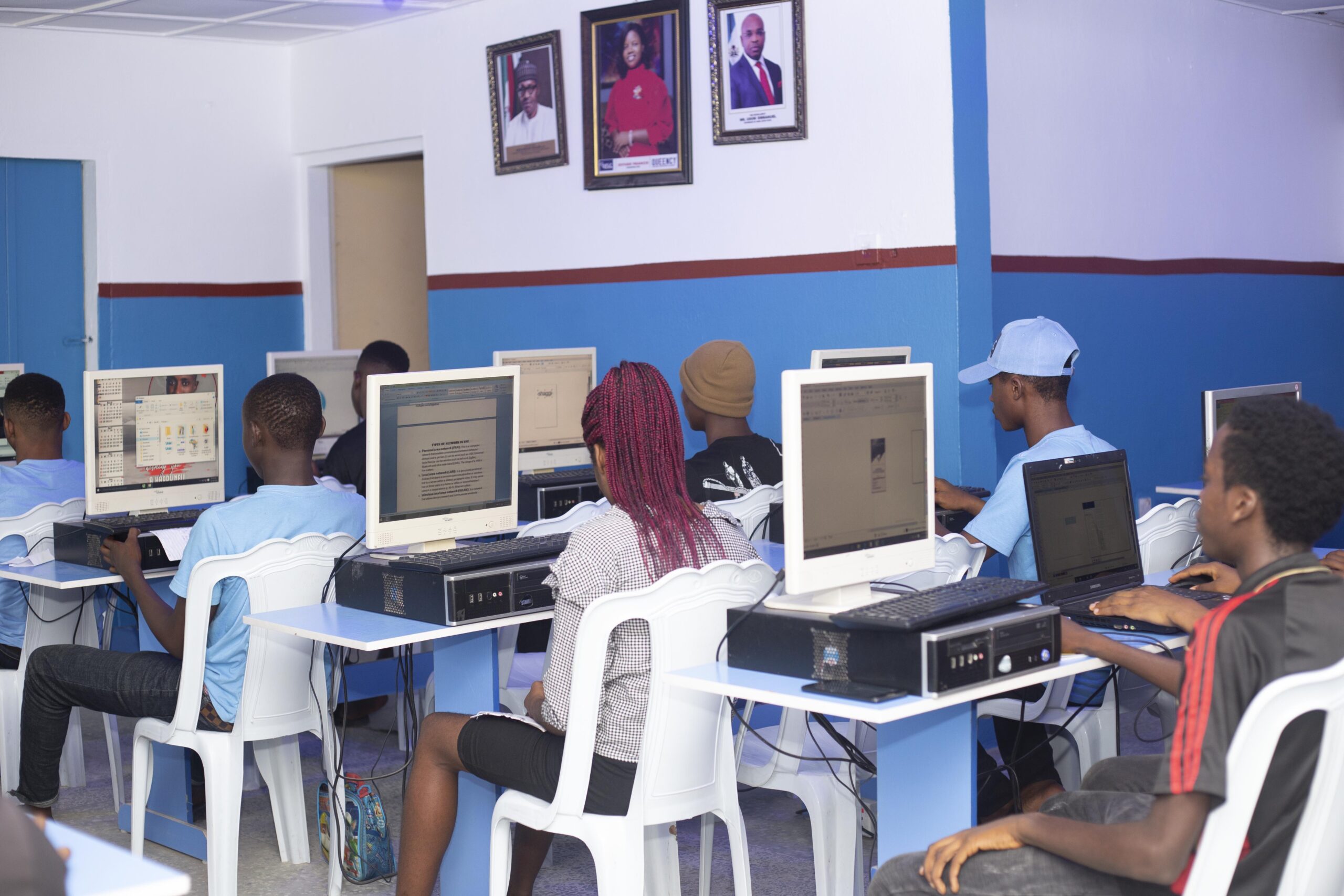BY MICHAEL FEMI SODIPO AND KAREN PINTO
On a Monday two weeks ago, attacks, abductions, unrest, and sectarian clashes in Borno, Niger, Lagos, Rivers, Kebbi, Kaduna, Oyo, Osun, and Benue states were reported all in one day. This type of unrest is not unusual. Bandit attacks and kidnapping are now commonplace. Ethnic and religious leaders warn their followers of mass violence against them, increasing fears and tensions that inspire more violence. Violence fueled by a potent mix of dangerous speech — speech that increases the risk for violence — and age-long grievances is growing. The worst form of profiling is taking place with tropes and stereotypes of groups used to propagate negative perceptions of them.
Wole Soyinka, the widely-admired Nigerian playwright and Nobel Prize laureate, has recently warned of possible genocide. With the spill-over of violence in the south of the country, it is urgent that we address dangerous speech and its fueling of cyclical violence.
We see media articles and social media posts featuring dangerous speech after acts of violence. The headline “killer herdsmen” is regularly used to refer to incidents when Fulani are involved, even as victims. On social media, influential figures like the former bandit leader, “Yellow”, use WhatsApp and Facebook often to incite followers to use violence against Christian farmers while the leader of the Indigenous People of Biafra leader, Nnamdi Kanu, posts inflammatory content about Hausa and Fulani, using the term ‘zoo’ often on his Twitter account where he has reaches nearly 300,000 followers.
Part of these narratives contains common threat perceptions about the Muslim herdsmen such as their alleged intention to wage Jihad in Nigeria — and Christian farmers such as their alleged interest to dispose of Islam from Nigeria. News articles and social media posts that follow violent incidents often simplify them, use dehumanizing language about the other side, and justify violence against them. How do they do this? They use misleading images and headlines that reinforce dangerous stereotypes that dehumanise the other side and increase threat perceptions, leading to higher support for violence. Recent research shows that blatant dehumanisation — dehumanisation in obvious ways — is one of the strongest predictors of hostility between groups. It also predicts attitudes and policy support related to targeting civilians, support for collective punishment, and war.
Advertisement
As the examples demonstrate, dangerous speech is used as a tool by influential elites to mobilise groups against each other. Dangerous speech makes it easier to remove the moral concern associated with killing, discriminating, or torturing others based on their group identity; if they are not seen as human, it is easier to justify these acts against them. On the occasion of the International Day of Living Together in Peace (May 16th), Peace Initiative Network and Beyond Conflict invite you to help us counter dangerous speech in Nigeria.
According to a recent study we conducted, the path to addressing dangerous speech involves spreading narratives that rehumanise the other side, increasing the chances for sustainable peace. Over the past year, we studied how a storyline of a popular TV drama, which was created using insights from behavioural science about human perceptions and cognition, could help rehumanize “the other side.” The characters showed real emotions, relatable to many viewers, such as the anxiety felt by a young Christian woman learning that she was to be sent to a Muslim city for her NYSC deployment. Her Muslim colleague, also a young woman, is equally suspicious of her, based on stories she has heard about Christians. But they realize they have a lot in common as they get to know each other, such as their shared experience with inter-religious violence and their favourite music. They begin to build a friendship as the season continues.
The study interviewed 1,000 people from Kaduna, a hotspot for inter-religious violence over the past two decades, and found that after one to two months after the season finished, watchers reported better inter-religious attitudes and behaviours. Overall, they viewed members of different religious groups less as a threat, dehumanised them less and associated them with less negative traits.
Advertisement
The results of this research reflect that one of the best ways to rehumanise members of a group in conflict with another is to show common human traits. We can change the narratives by telling everyday stories of people from the other side living their lives in the same way and showing complex emotions. When we reflect on what is common to the human experience, such as family, grief, growing up and parent/child relationships, we begin to challenge the critical essence that posits that one group is lesser than the other.
Nigeria is diverse and the challenge now is how to make ‘unity in diversity’ not only meaningful but also peaceful. You have the power to denounce dangerous speech and rehumanize the other side. You have the power to stop the cycle of violence. Join us today in making a stand against violence by signing the Peace-builders’ Pledge against the Use of Dangerous Speech in our Communities.
Sodipo (Peace Initiative Network) and Pinto (Beyond Conflict)
Advertisement
Views expressed by contributors are strictly personal and not of TheCable.
Add a comment






